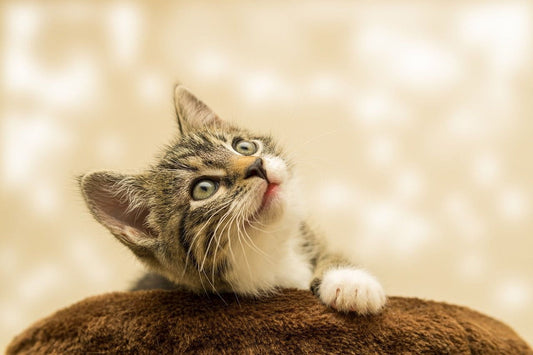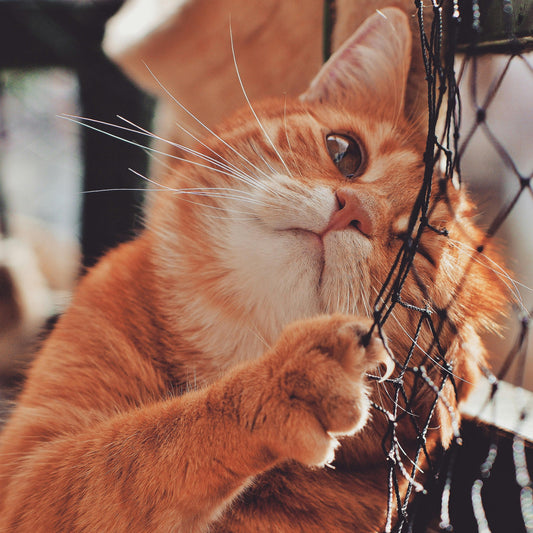
The Science of Cat Communication: Understanding Vocalizations and Body Language
Cats are often regarded as mysterious and enigmatic creatures, and their communication styles can be particularly puzzling for humans. However, by deciphering their vocalizations and body language, we can gain a deeper understanding of our feline friends' thoughts, feelings, and intentions.

Vocalizations: What Cats Say
Cats use vocalizations to convey a range of emotions and needs, including:
Types of Vocalizations:
- Meowing: General communication, attention-seeking, or needs (food, water, affection).
- Purring: Contentment, relaxation, self-soothing, or healing.
- Hissing/Growling: Fear, anxiety, territorialism, or warning.
- Chirping/Chattering: Excitement, curiosity, or prey instinct.
- Yowling: Mating, distress, or loneliness.

Body Language: What Cats Show
Cats' body language reveals their emotional state and intentions:
Postures:
- Arched back: Fear, anxiety, or defensiveness.
- Tail up: Confidence, friendliness, or curiosity.
- Tail down: Fear, submission, or stress.
- Ears forward: Attention, interest, or alertness.
- Ears back: Fear, anxiety, or submission.
Facial Expressions:
- Relaxed face: Soft, open eyes; relaxed whiskers.
- Tense face: Wide, staring eyes; forward whiskers.
- Aggressive face: Flattened ears; exposed teeth.

Contextualizing Communication
Consider the situation and environment when interpreting cat communication:
- Social context: Interactions with humans, other cats, or pets.
- Environmental factors: Noise, changes, or stressors.
- Physical condition: Pain, illness, or discomfort.
Tips for Effective Communication
- Listen actively: Pay attention to vocalizations and body language.
- Respond appropriately: React to your cat's needs and emotions.
- Be patient: Understand cats communicate differently.
- Observe and learn: Study your cat's unique communication style.
Conclusion
By understanding cat vocalizations and body language, you'll strengthen your bond and better address their needs. Remember, each cat is unique, and contextualizing their communication is key.
Sources:
- International Cat Care, "Cat Communication"
- PetMD, "Understanding Cat Body Language"
- Cat Behavior Associates, "The Language of Cats"





